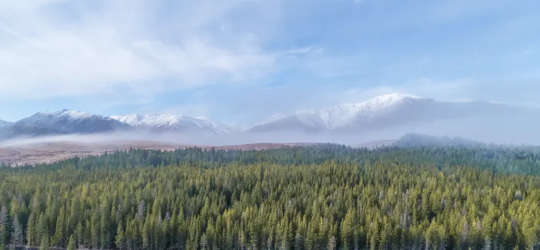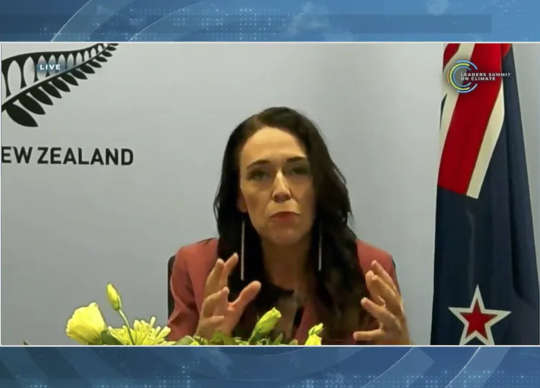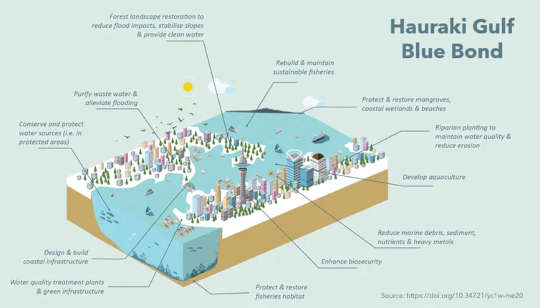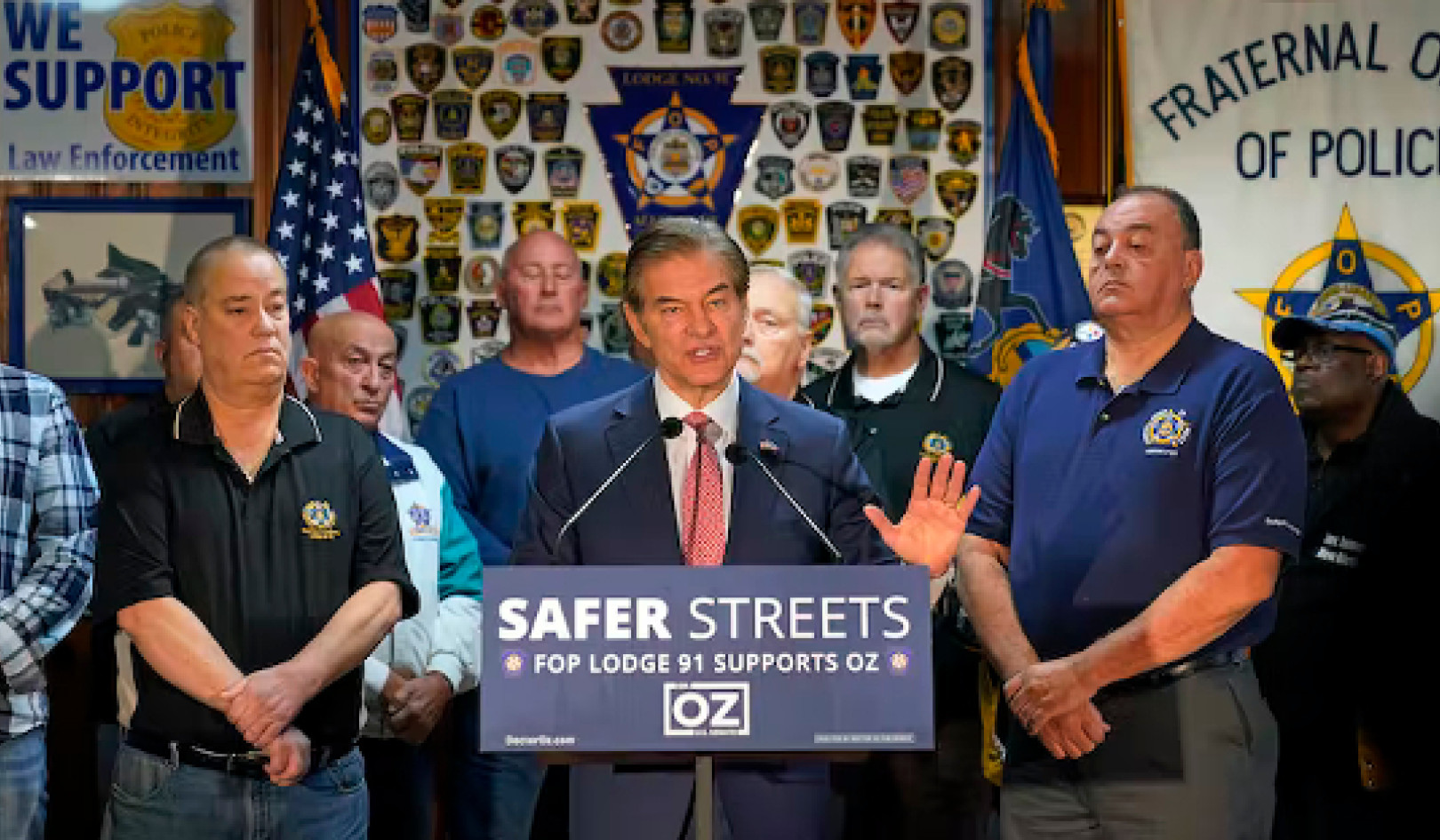
www.shutterstock.com
When it comes to climate change, money talks. Climate finance is critical for enabling a low-emissions transition. This involves investment and expenditure — public, private, domestic and transnational — that demonstrably contributes to climate mitigation, adaptation or both.
As New Zealand Prime Minister Jacinda Ardern told US President Joe Biden’s virtual Leaders’ Summit on Climate last week:
Finance, both our financial systems and financial flows […] is at the heart of that transition [to low carbon economies].
She’s right. All the plans and strategies in the world are of no practical worth unless someone invests in the outcomes. The word “finance” means to finish, to settle, to close the deal. Indeed, finance and finish have the same Latin root in fin, the end.
Without finance, without investment, we have only unfinished business. And with official data showing New Zealand’s emissions on the rise, the need to invest in the low-emissions transition is more vital than ever.
 Finance is central: Jacinda Ardern speaks during the virtual Leaders Summit on Climate, April 22, 2021. GettyImages
Finance is central: Jacinda Ardern speaks during the virtual Leaders Summit on Climate, April 22, 2021. GettyImages
Nature as a climate solution
In a recent report for the Biological Heritage National Science Challenge, I identified a considerable shortfall in financing for nature-based solutions to climate change.
Nature-based solutions involve working with and enhancing nature to help address societal challenges, not least the parallel crises of climate change and biodiversity loss.
This includes forest restoration, riparian planting and urban green infrastructure, as well as enhancing wetlands, mangroves, shellfish beds, kelp forests and various other natural or semi-natural ecosystems.
Such activities not only sequester and store carbon, they also contribute to the resilience of landscapes and seascapes in a warming world. In short, biodiversity is vital for climate adaptation.
A recent analysis estimated financial flows into global biodiversity conservation need to increase five to seven-fold to meet current needs. The global financing gap is between US$598–824 billion per year.
Scaling up investment
Although no comparable analysis exists in New Zealand, there is strong evidence the same shortfall exists.
The COVID-19 recovery stimulus saw an unprecedented NZ$1.245 billion investment in nature-based solutions through the Jobs for Nature programme. But this is a one-off grant which neither reaches the requisite scale, nor guarantees long-term funding by future governments.
There are transformative opportunities for scaling up investment in climate resilience. For example, the Hauraki Gulf, a marine ecosystem that supports an economy worth at least NZ$2 billion annually, is seriously endangered by sedimentation and water-borne pollutants. This will worsen as extreme weather events become more frequent and intense.
The government could raise debt through a “blue bond” to implement the recommendations of the Sea Change — Tai Timu Tai Pari Hauraki Gulf marine spatial plan, especially through water upgrades and targeted changes to land use.

How a Hauraki Gulf blue bond scheme would work. Scaling Climate Finance: Biodiversity Instruments, CC BY-ND
Changing the system
But this is where the issue of climate finance intersects with the broader issue of government spending. Will Ardern’s government continue with its strict self-imposed debt limit, or might “responsible fiscal management” be interpreted to include reducing the country’s exposure to climate-related risks?
After all, if prudence is the relevant virtue, then we surely fall short by leaving future generations with a fossil-dependent energy system and deficits in climate-resilient infrastructure.
Of course, the low-emissions transition should not be left to public spending alone. As the OECD has argued, private investment can create scale where constrained public sector budgets cannot. Moreover, private sector action is demanded on ethical grounds, in terms of private capital’s ability to pay, its contributions to past emissions and its gains from resource exploitation.
If capital and debt markets have a role to play, this doesn’t mean governments have no role in creating market solutions. On the contrary, the state has an integral role, not only as regulator but also as market maker.
It can play these roles well or poorly, but it cannot help but play them. The UK’s landmark Dasgupta Review details the tools governments have at their disposal to redirect the financial systems. These include taxes, subsidies, regulations, prohibitions, target setting, debt forgiveness, direct grants, technical assistance, credit enhancements, biodiversity offsetting schemes and payments for ecosystem services.
Financing the transformation
I believe a biodiversity payment is the single most effective lever to address the disadvantage natural ecosystems currently face relative to modified land uses.
Such a payment would monetise the value of biodiversity and enable communities to invest time and resources in successful restoration and conservation. This could be funded through emissions pricing, or an environmental footprint tax as proposed by the Tax Working Group.
New Zealand needs systemic change to produce an investable project pipeline in climate adaptation and nature-based solutions. Aotearoa Circle’s Sustainable Finance Forum produced a promising road map for changing mindsets, transforming the financial system and financing that transformation.
Only a few years ago, the climate finance landscape was largely bare, with only a few green shoots showing. This has since improved dramatically, with some genuine policy innovations such as making climate-related financial disclosures mandatory.
But the only real measure of success is the redirection of financial flows away from the problems and toward the solutions. We have some way to go yet.![]() About The Author
About The Author
About The Author
David Hall, Senior Lecturer in Social Sciences and Public Policy, Auckland University of Technology
Related Books
Drawdown: The Most Comprehensive Plan Ever Proposed to Reverse Global Warming
by Paul Hawken and Tom Steyer In the face of widespread fear and apathy, an international coalition of researchers, professionals, and scientists have come together to offer a set of realistic and bold solutions to climate change. One hundred techniques and practices are described here—some are well known; some you may have never heard of. They range from clean energy to educating girls in lower-income countries to land use practices that pull carbon out of the air. The solutions exist, are economically viable, and communities throughout the world are currently enacting them with skill and determination. Available On Amazon
In the face of widespread fear and apathy, an international coalition of researchers, professionals, and scientists have come together to offer a set of realistic and bold solutions to climate change. One hundred techniques and practices are described here—some are well known; some you may have never heard of. They range from clean energy to educating girls in lower-income countries to land use practices that pull carbon out of the air. The solutions exist, are economically viable, and communities throughout the world are currently enacting them with skill and determination. Available On Amazon
Designing Climate Solutions: A Policy Guide for Low-Carbon Energy
by Hal Harvey, Robbie Orvis, Jeffrey Rissman With the effects of climate change already upon us, the need to cut global greenhouse gas emissions is nothing less than urgent. It’s a daunting challenge, but the technologies and strategies to meet it exist today. A small set of energy policies, designed and implemented well, can put us on the path to a low carbon future. Energy systems are large and complex, so energy policy must be focused and cost-effective. One-size-fits-all approaches simply won’t get the job done. Policymakers need a clear, comprehensive resource that outlines the energy policies that will have the biggest impact on our climate future, and describes how to design these policies well. Available On Amazon
With the effects of climate change already upon us, the need to cut global greenhouse gas emissions is nothing less than urgent. It’s a daunting challenge, but the technologies and strategies to meet it exist today. A small set of energy policies, designed and implemented well, can put us on the path to a low carbon future. Energy systems are large and complex, so energy policy must be focused and cost-effective. One-size-fits-all approaches simply won’t get the job done. Policymakers need a clear, comprehensive resource that outlines the energy policies that will have the biggest impact on our climate future, and describes how to design these policies well. Available On Amazon
This Changes Everything: Capitalism vs. The Climate
by Naomi Klein In This Changes Everything Naomi Klein argues that climate change isn’t just another issue to be neatly filed between taxes and health care. It’s an alarm that calls us to fix an economic system that is already failing us in many ways. Klein meticulously builds the case for how massively reducing our greenhouse emissions is our best chance to simultaneously reduce gaping inequalities, re-imagine our broken democracies, and rebuild our gutted local economies. She exposes the ideological desperation of the climate-change deniers, the messianic delusions of the would-be geoengineers, and the tragic defeatism of too many mainstream green initiatives. And she demonstrates precisely why the market has not—and cannot—fix the climate crisis but will instead make things worse, with ever more extreme and ecologically damaging extraction methods, accompanied by rampant disaster capitalism. Available On Amazon
In This Changes Everything Naomi Klein argues that climate change isn’t just another issue to be neatly filed between taxes and health care. It’s an alarm that calls us to fix an economic system that is already failing us in many ways. Klein meticulously builds the case for how massively reducing our greenhouse emissions is our best chance to simultaneously reduce gaping inequalities, re-imagine our broken democracies, and rebuild our gutted local economies. She exposes the ideological desperation of the climate-change deniers, the messianic delusions of the would-be geoengineers, and the tragic defeatism of too many mainstream green initiatives. And she demonstrates precisely why the market has not—and cannot—fix the climate crisis but will instead make things worse, with ever more extreme and ecologically damaging extraction methods, accompanied by rampant disaster capitalism. Available On Amazon
From The Publisher:
Purchases on Amazon go to defray the cost of bringing you InnerSelf.comelf.com, MightyNatural.com, and ClimateImpactNews.com at no cost and without advertisers that track your browsing habits. Even if you click on a link but don't buy these selected products, anything else you buy in that same visit on Amazon pays us a small commission. There is no additional cost to you, so please contribute to the effort. You can also use this link to use to Amazon at any time so you can help support our efforts.
This article is republished from The Conversation under a Creative Commons license. Read the original article.























